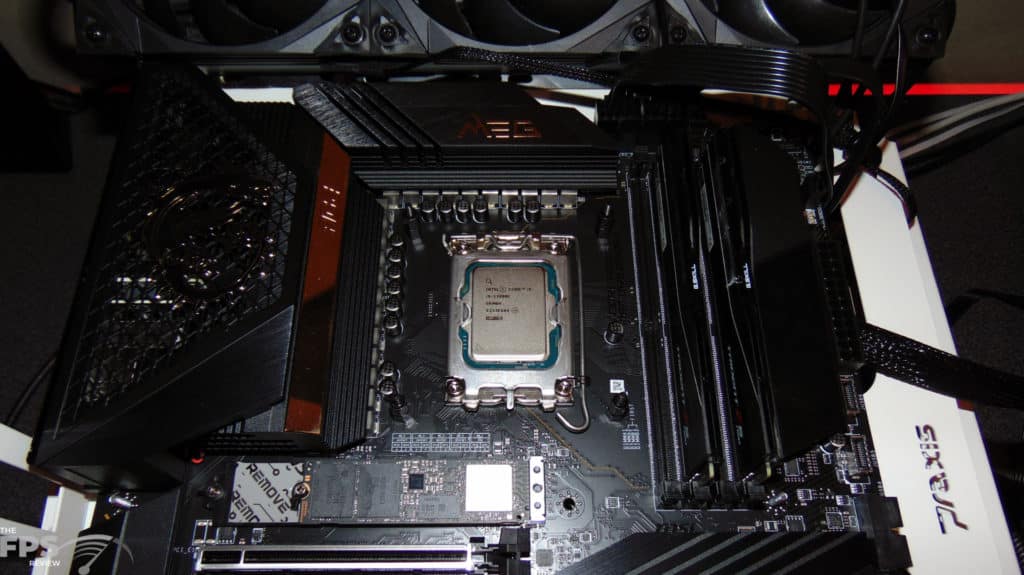
Introduction
Intel’s next generation 13th Gen Intel Core desktop processors are launching, and we have a full review of the Intel Core i9-13900K CPU. What has been dubbed as “Raptor Lake” Intel’s 13th Gen Core processors are the next evolution of Intel’s unique hybrid architecture consisting of performance cores and efficiency cores. The 13th Gen processors from Intel build upon the 12th Gen Core Processors (Alder Lake) and extend the architecture to include more efficient cores, more cache, and higher clock speeds with some other tweaks.
Intel has announced the lineup of 13th Gen CPUs, with complete specs, and frequencies as well as pricing. Today is the official launch of product availability, and where we can show you benchmarks and performance in games. In this review, we will look at several synthetic benchmarks, including multi-core and single-core performance, and no less than 8 games worth of performance at 4K, 1440p and 1080p. Our CPU comparisons today are very comprehensive, culminating in 10 total CPUs, 4 from the Ryzen 7000 series, 1 from the Ryzen 5000 series, and 3 from the Intel 12th Generation series.
13th Gen Intel Core Processors
Before we talk about what is new, let’s talk about what is not new, because that is just as important. The process technology is the same, with “Intel 7” fab process being used, which essentially is a 10nm ESF process. Intel’s 13th Gen CPUs will still use the same socket the 12th Gen used, which is Intel Socket 1700. This means that not only can you utilize the new Z790-based motherboards, but you will also be able to use the Z690 motherboards, and equivalent, from the Alder Lake 12th Generation. In addition, the 13th Gen Raptor Lake also supports both DDR4 configurations and DDR5, just like the 12th Gen Alder Lake. This gives you some flexibility in configuration and support. The 13th Gen CPUs fully support PCI-Express 5.0.
What also is not new is Intel’s performance hybrid architecture, utilizing performance-cores (Raptor Cove P-Core) that support an extra thread each, and then efficient-cores (Gracemont E-Core). What is new with 13th Gen is the inclusion of more efficient-cores, pretty much doubled at each SKU. This increases the overall thread count of each CPU beyond the 12th Gen CPUs.
For example, the Intel Core i9-13900K we are reviewing today has 8 performance-cores, and 16 efficient-cores, for a total of 32 threads. This is contrasted to the previous 12th Generation Core i9-12900K which had 8 performance-cores and 8 efficient-cores, for a total of 24 threads. The Intel Core i9 13900K has 8 more efficient-cores, and thus 8 more threads. The Intel Core i7-13700K has 4 more efficient-cores added, compared to the Intel Core i7-12700K taking the 13700K up to 24 threads versus 20 on the 12700K. The Intel Core i5-13600K adds 4 more efficient-cores versus the 12600K taking it to 20 threads versus 16 threads on the 12600K.
To direct all these threads, Intel has updated its Thread Director which works more intelligently with 13th Gen Core processors. PCWorld has a great video detailing the changes and optimizations made with Intel Thread Director 2 on 13th Gen Core processors. Another improvement with 13th Gen Raptor Lake is an increase in cache sizes to both L2 and L3 cache. Intel Core i9-13900K goes to 32MB of L2 cache, versus 14MB on Intel Core i9-12900K. L3 cache grows to 36MB on 13900K versus 30MB on 12900K. Intel calls this cache its Intel Smart Cache. The Core i7-13700K has 24MB of L2 cache and 30MB of Intel Smart Cache. The Core i5-13600K has 20MB of L2 cache and 24MB of Intel Smart Cache.
Another improvement with 13th Gen Core processors is a boost in performance-core and efficient-core clock speeds. The Intel Core i9-13900K performance-cores have a max turbo frequency of up to 5.8GHz and an Intel turbo boost max technology 3.0 frequency of up to 5.7GHz and a performance-core max turbo frequency of up to 5.4GHz. The efficient-cores now boost up to 4.3GHz.
By comparison, the Intel Core i9-12900K could boost up to 5.2GHz for max turbo frequency and turbo boost max technology 3.0 frequency and 5.1GHz max turbo frequency for the 12900K. The efficient-cores could boost up to 3.9GHz. Therefore, both the performance-cores and efficient-cores got a decent bump in frequency. The Core i7-13700K can boost up to 5.4GHz on the performance-cores and 4.2GHz on the efficient-cores. The Intel Core i5-13600K can boost up to 5.1GHz on the performance-cores and 3.9GHz on the efficient-cores.
None of this comes without demand on power, of course. The Intel Core i9-13900K has a rated maximum turbo power of 253W, the Core i7-13700K has a maximum turbo power of 253W and the Core i5-13600K has a maximum turbo power of 181W. While these are the rated TDP, the actual socket TDP will be higher at full load, and can also depend on the motherboard configuration and if it is running at Intel specs, or its own. All 13th Gen Core CPUs support DDR5 5600 and DDR4 3200 as the official spec. All 13th Gen Core CPUs also have integrated Intel UHD 770 graphics, this is the same as 12th Gen Core CPUs. However, the max dynamic frequency has been increased by 100MHz.
Intel Core i9-13900K
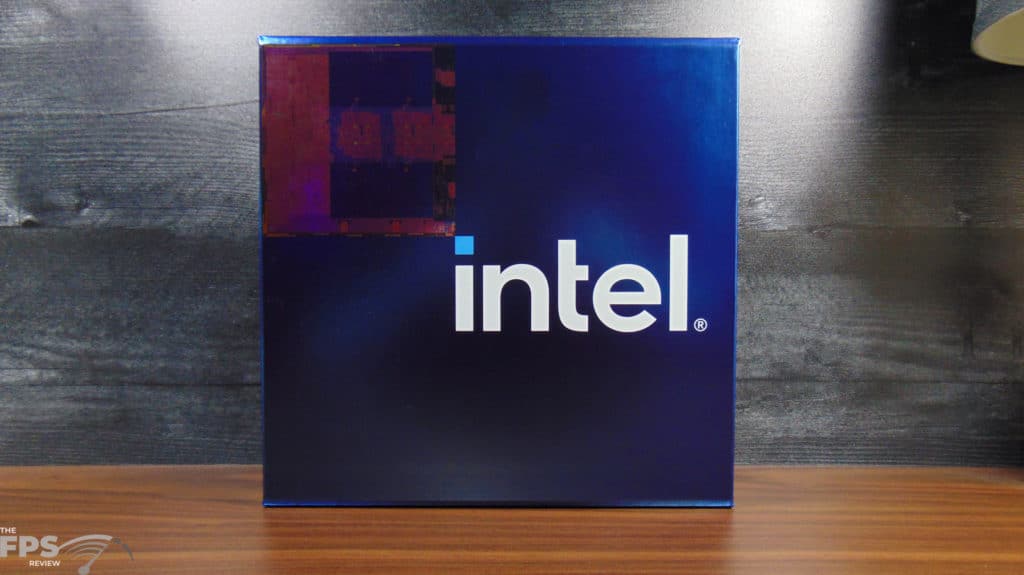
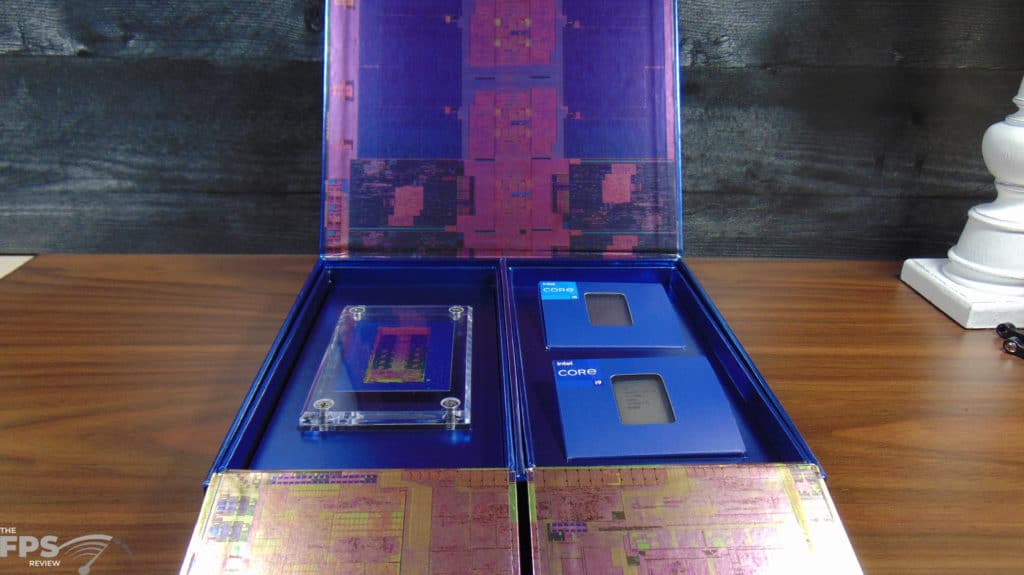
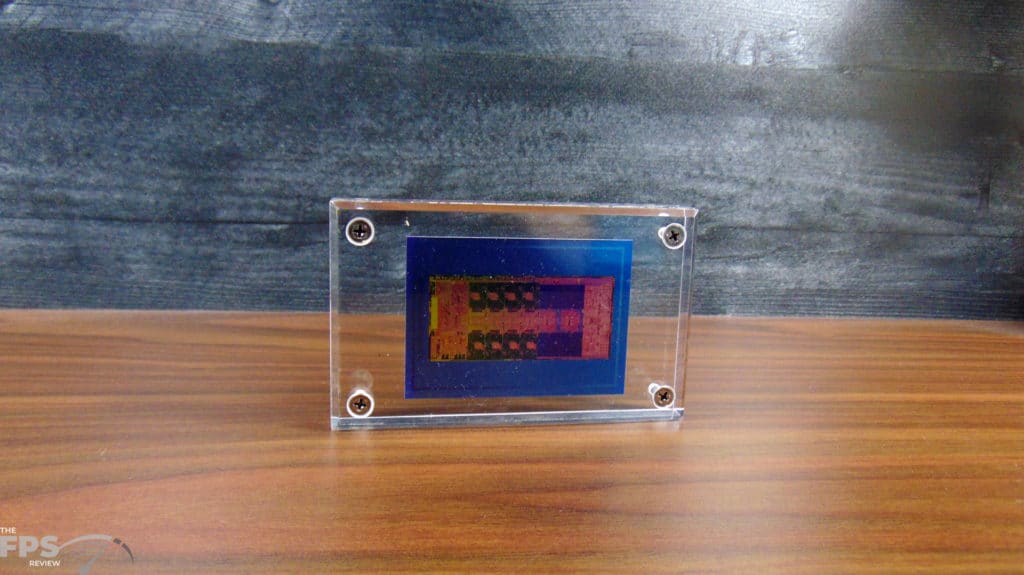
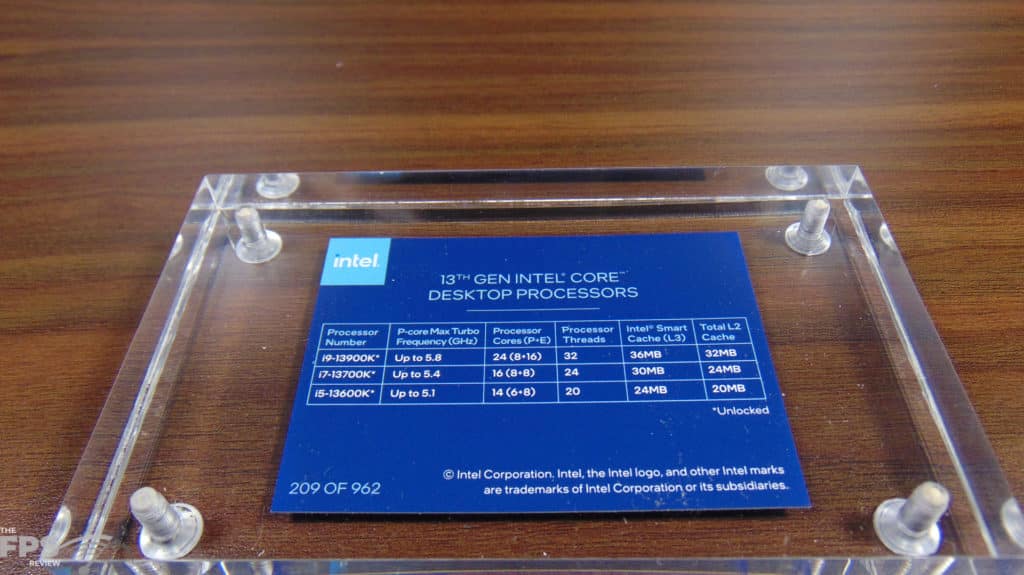
The Intel Core i9-13900K has an RCP USD of $589. It is a 24 combined core CPU made up of 8 performance-cores and 16 efficient-cores for a total of 32 threads 24(8+16). It has 36MB of Intel Smart Cache (L3) and 32MB of Total L2 Cache. It has a P-core Max Turbo Frequency of up to 5.8GHz, and an E-core Max Turbo Frequency of up to 4.3GHz. It has 20 total CPU PCIe lanes and supports DDR5 5600 and DDR4 3200. The Processor Base Power is 125W and the Max Turbo Power is 253W.
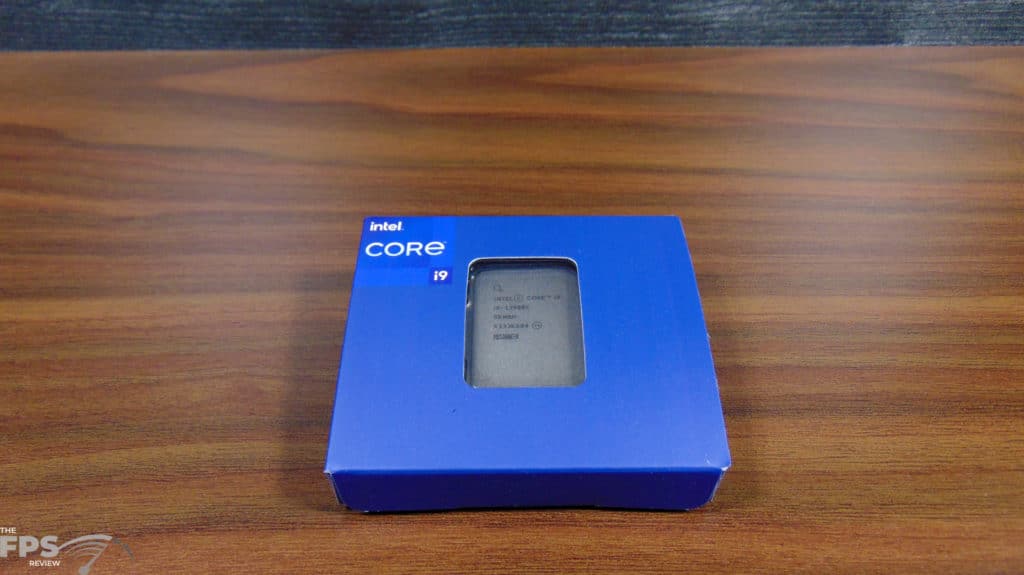
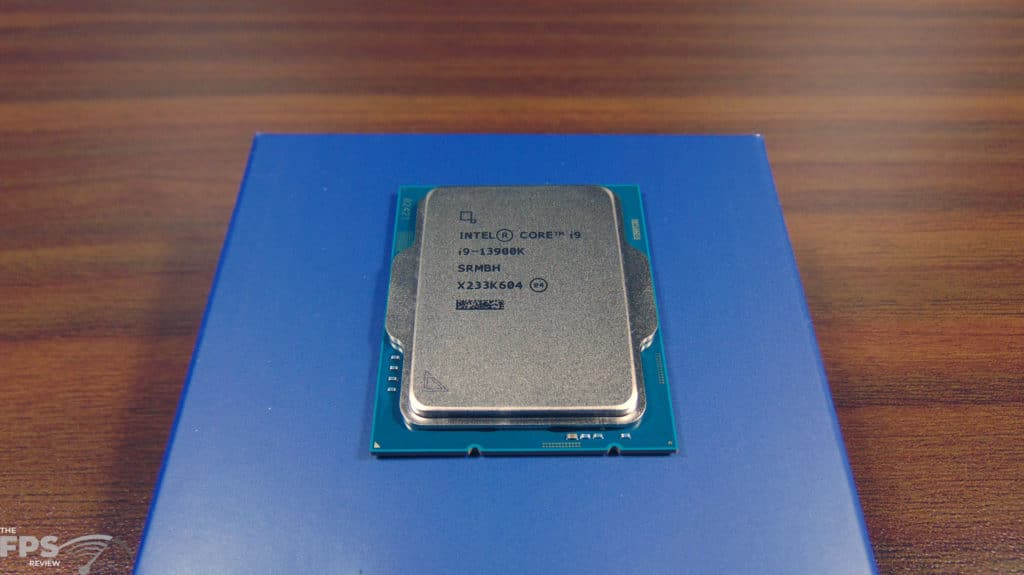
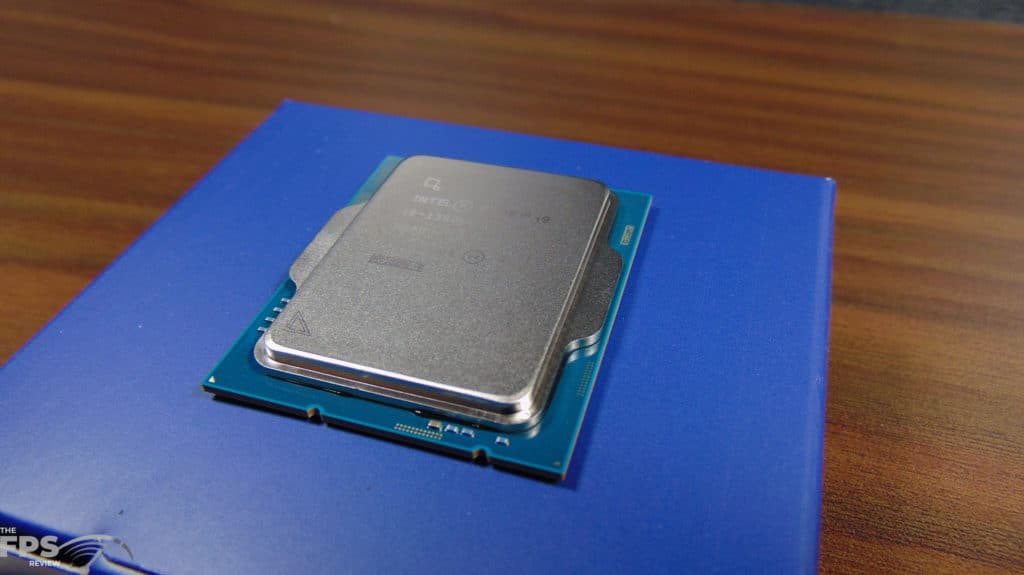
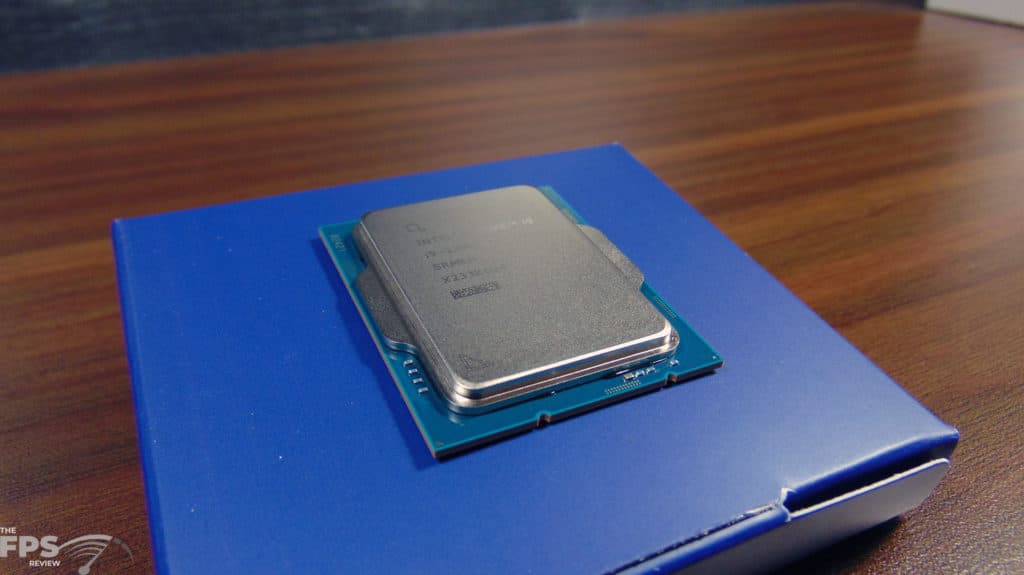
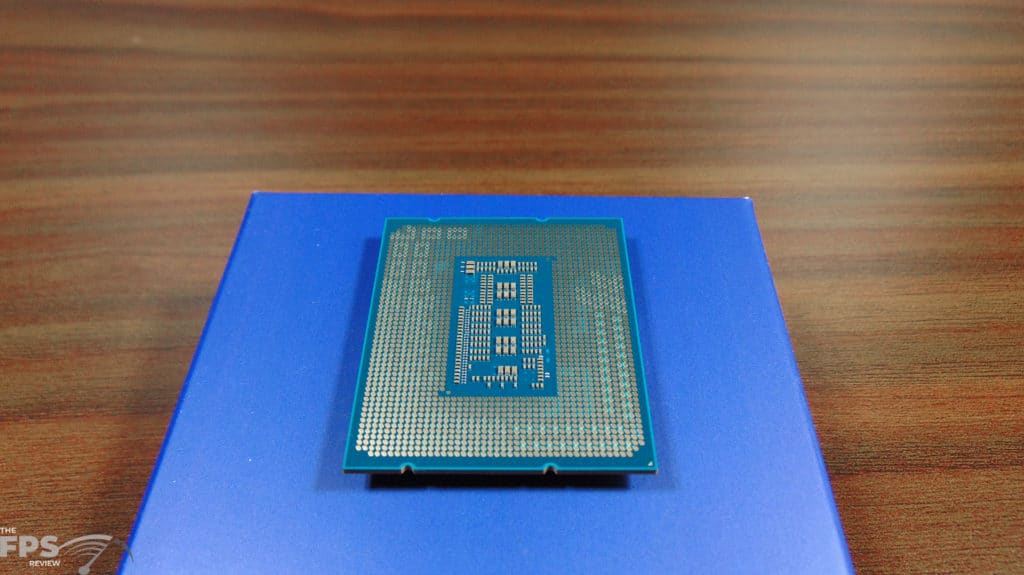
Our CPUs were in a nice box presentation. The CPU itself looks identical to that of the 12th Gen Core processors, Alder Lake. On the back, the pin pattern differs from the 12th Gen CPUs slightly, and there are some slight capacitor differences, but otherwise, they look very much the same. Installation into our MSI MEG Z690 ACE motherboard was easy and flawless. We did need to flash the BIOS on this motherboard to the latest version to support the CPU, thankfully we were able to use the flash BIOS button feature to do so to get CPU support.
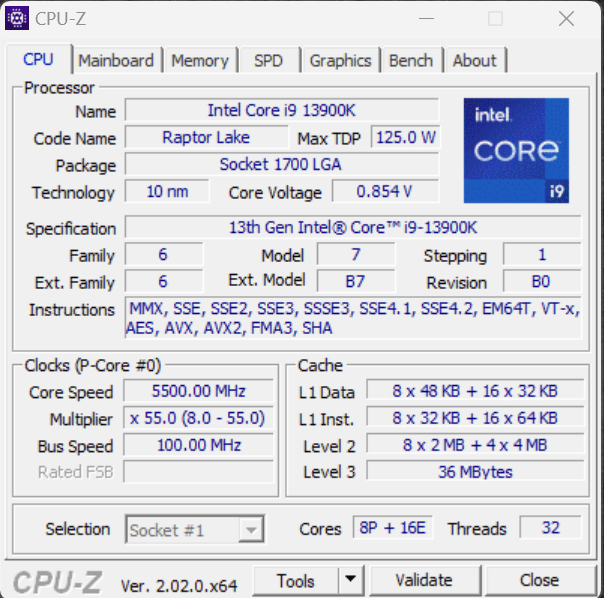
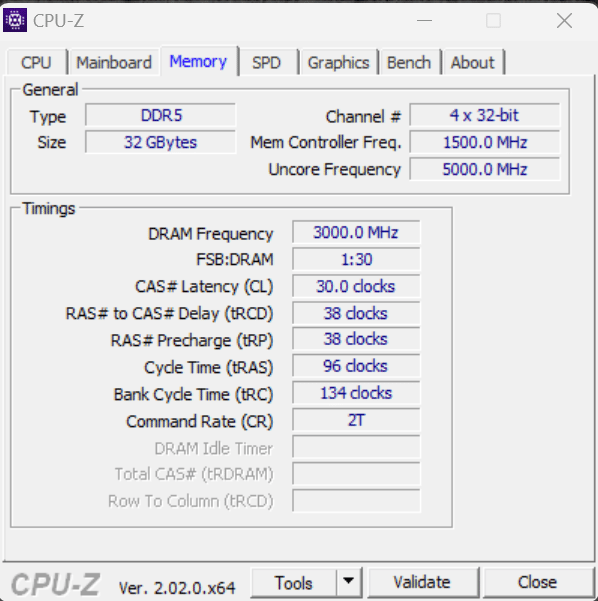
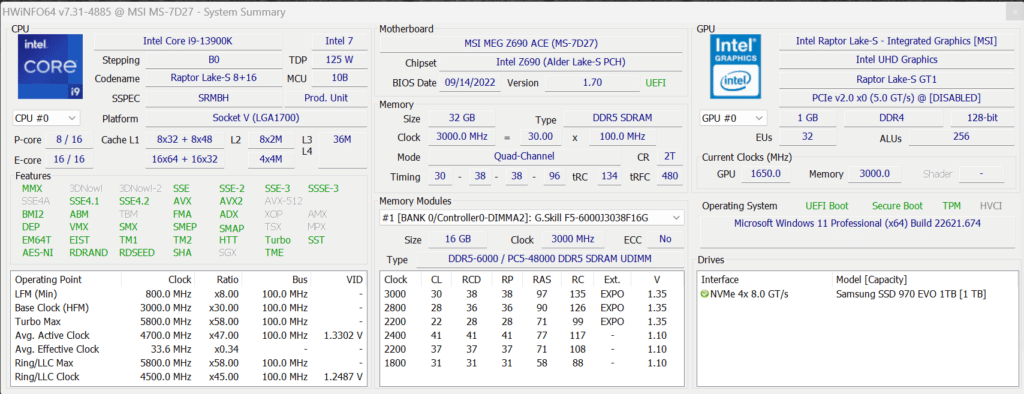
HWiNFO64 recognizes the CPU as Raptor Lake-S 8+16 with a Stepping of B0 and SSPEC SRMBH on the Socket V LGA1700 platform. The Turbo Max is at 5.8GHz.
